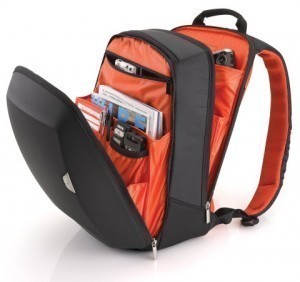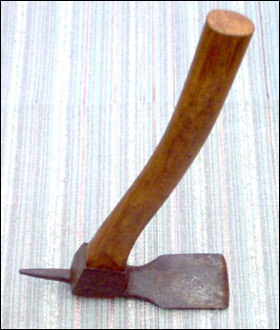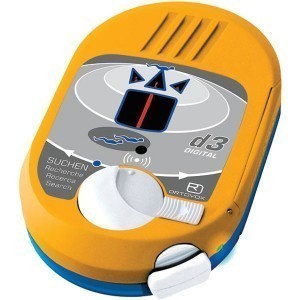Dimension of a Backpack
Knowing how to choose backpack sizes is absolutely  necessary for the camping / hiking to go well. Invariably, it is the length of the trip that will determine how big the pack should be.
necessary for the camping / hiking to go well. Invariably, it is the length of the trip that will determine how big the pack should be.
Common Pack Ranges
If you’re going out with a daypack, 1,800-2,500 cubic inches (30-40 liters) should be enough. If it’s going to be overnight or for a week, increase the size to accommodate 3,000-5,000 cubic inches (50-80 liters). You will need at least 5,000 cubic inches (80 liters plus) if you’re camping longer than seven days or if it is winter.
Carrying the Right Size
Make sure your pack can store all the necessary gear. The key word there is necessary. Don’t fill your bags with stuff you’re not going to use. At the same time, you should avoid a backpack size that’s too big.
You’ll be tempted to fill it with unnecessary equipment. An internal frame pack should suffice for multi-day hikes. A daypack will be enough if it’s a day hike.
If you need to carry special tools like snowshoes and ice axes, buy packs designed to hold these tools. Trying to put them into ordinary types may damage the backpack.
External vs. Internal
The internal frame pack lets you carry the pack on the hips. This allows for balance and easy movement. This is the type to choose if you’re going climbing or off-trail scrambling.
The internal frame packs are the most widely used today. The external types let you carry large backpack sizes. These are most useful for hiking on simple terrain.
This type is also more comfortable to use when the weather is warm. This type is also cheaper and a good way for novice hikers to get used to carrying backpacks.
Choosing a Comfortable Backpack
The easiest way to do this is to have an expert assist you. There are other things you can do however. When choosing a pack, size it by the torso length, not the height. The torso length is the measurement from the iliac crest (this is the hipbone top) up to the conspicuous bone at the neck base.
Also remember that manufacturers’ sizes are not standardized. For example, an 18 inch torso size may mean a large backpack size for Company A but for Company B that’s only regular.
Other Tips
Before you buy, make certain the hip belt has padding. This will be necessary since it’s going to carry the weight. As you’re fitting, try to fill it up with weight equivalent to what you’re going to carry. Put the pack on and walk around.
Climb up the stairs. How does it feel? Does the pack hold the weight well? The shoulder straps should also be adjustable and equipped with pads. A padded back will keep hard objects from hitting your back. This is especially helpful if you’re carrying heavy objects.
Selecting the right backpack size begins with determining how long you’ll be going out. However, you also have to focus on the other facets mentioned so you can have a truly fulfilling camping experience.





